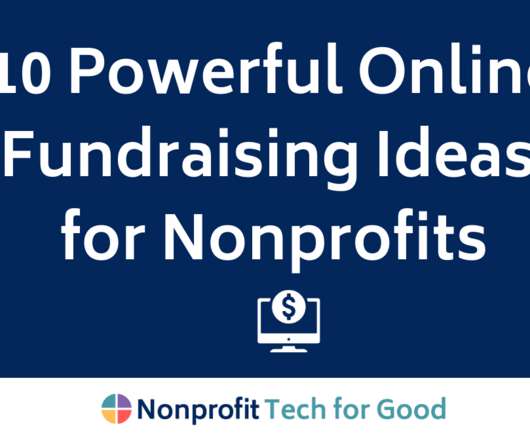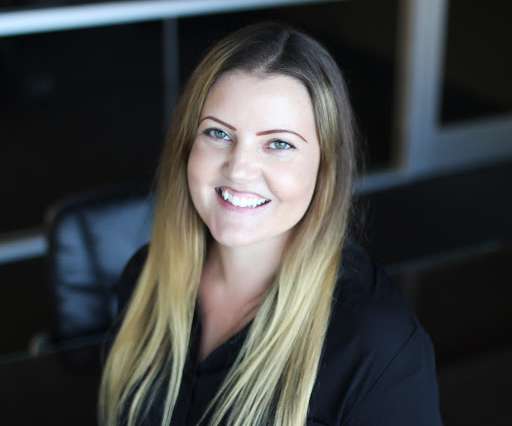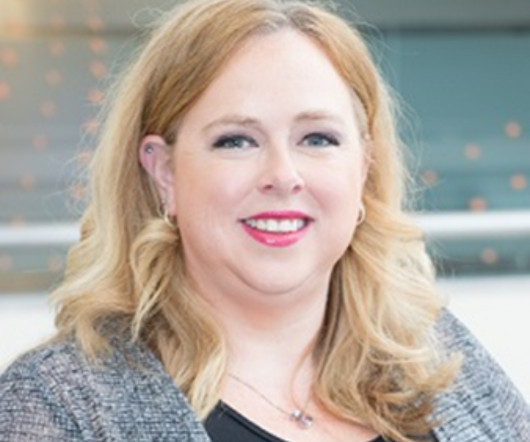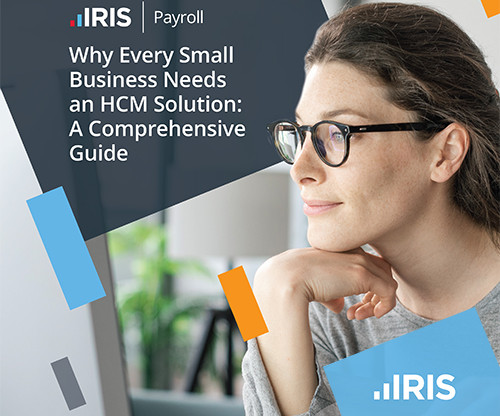You Can’t Do All the Things. Pace Yourself.
Nonprofit Marketing Guide
JULY 13, 2021
Someone recently told me that while they appreciate all the diverse professional development topics that we and others offer on nonprofit communications and marketing, the fact that there is so much of it and so many things to learn also contributes to her sense of imposter syndrome. I get it! There really is so much variation in this work, and things are changing constantly.












































Let's personalize your content